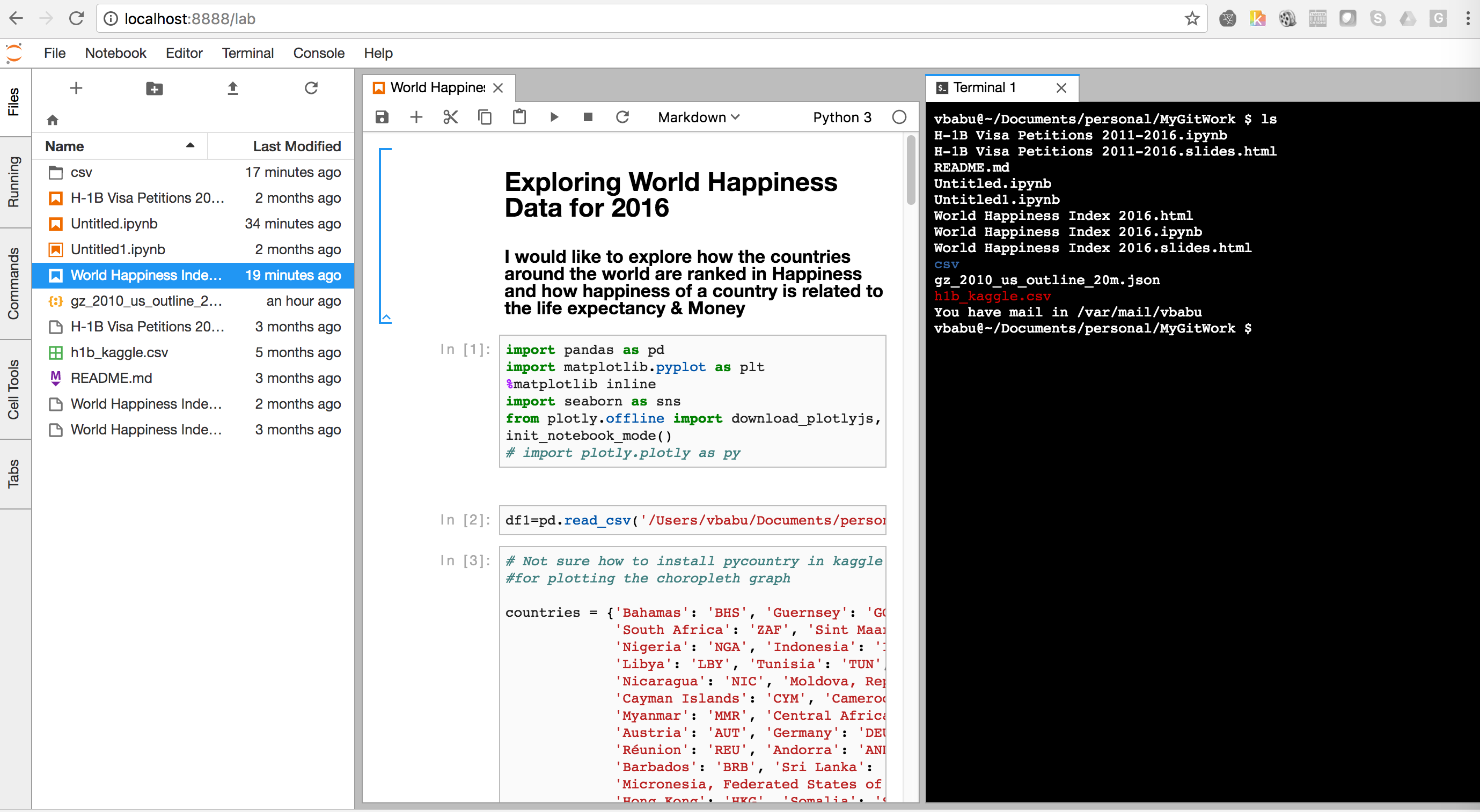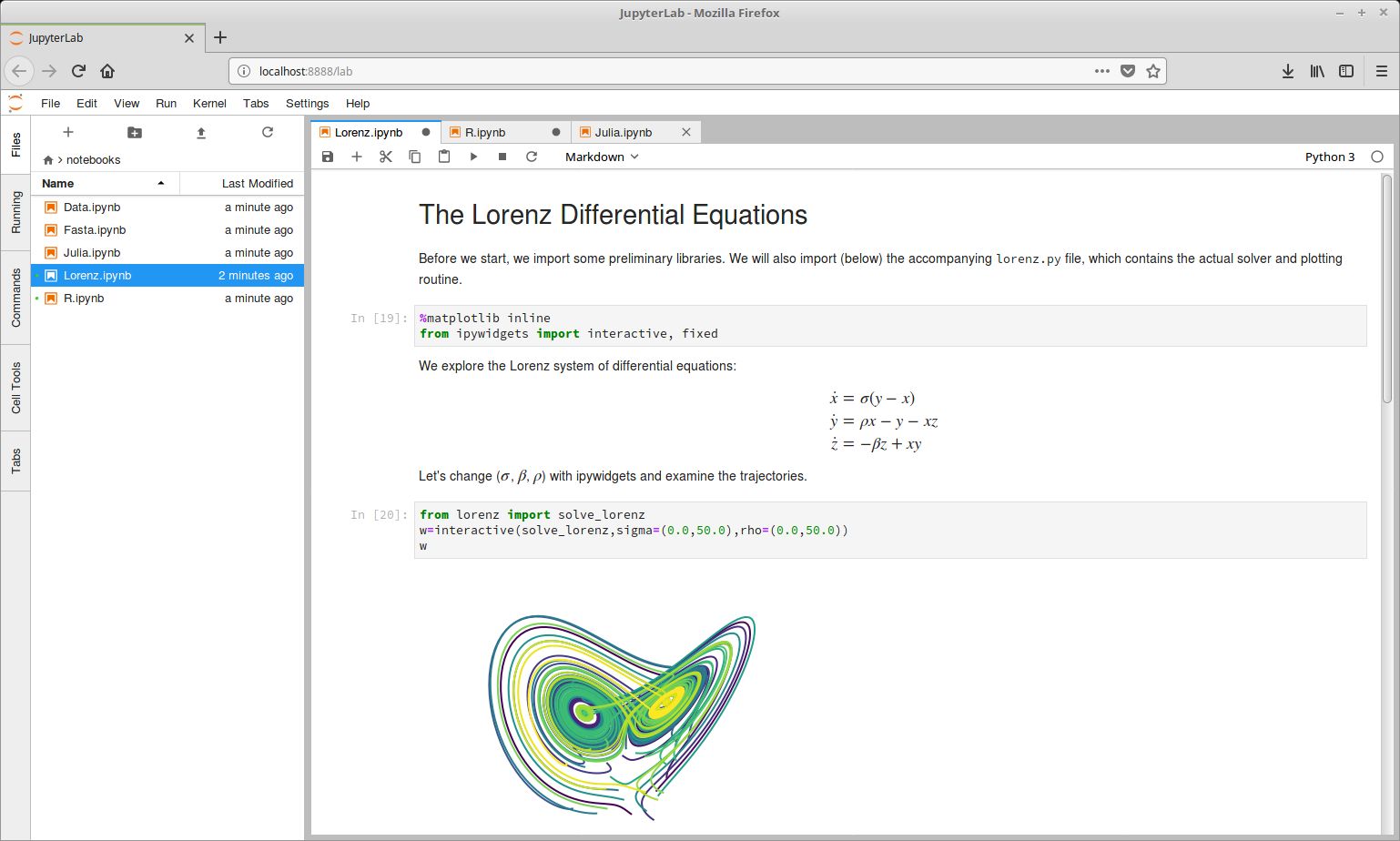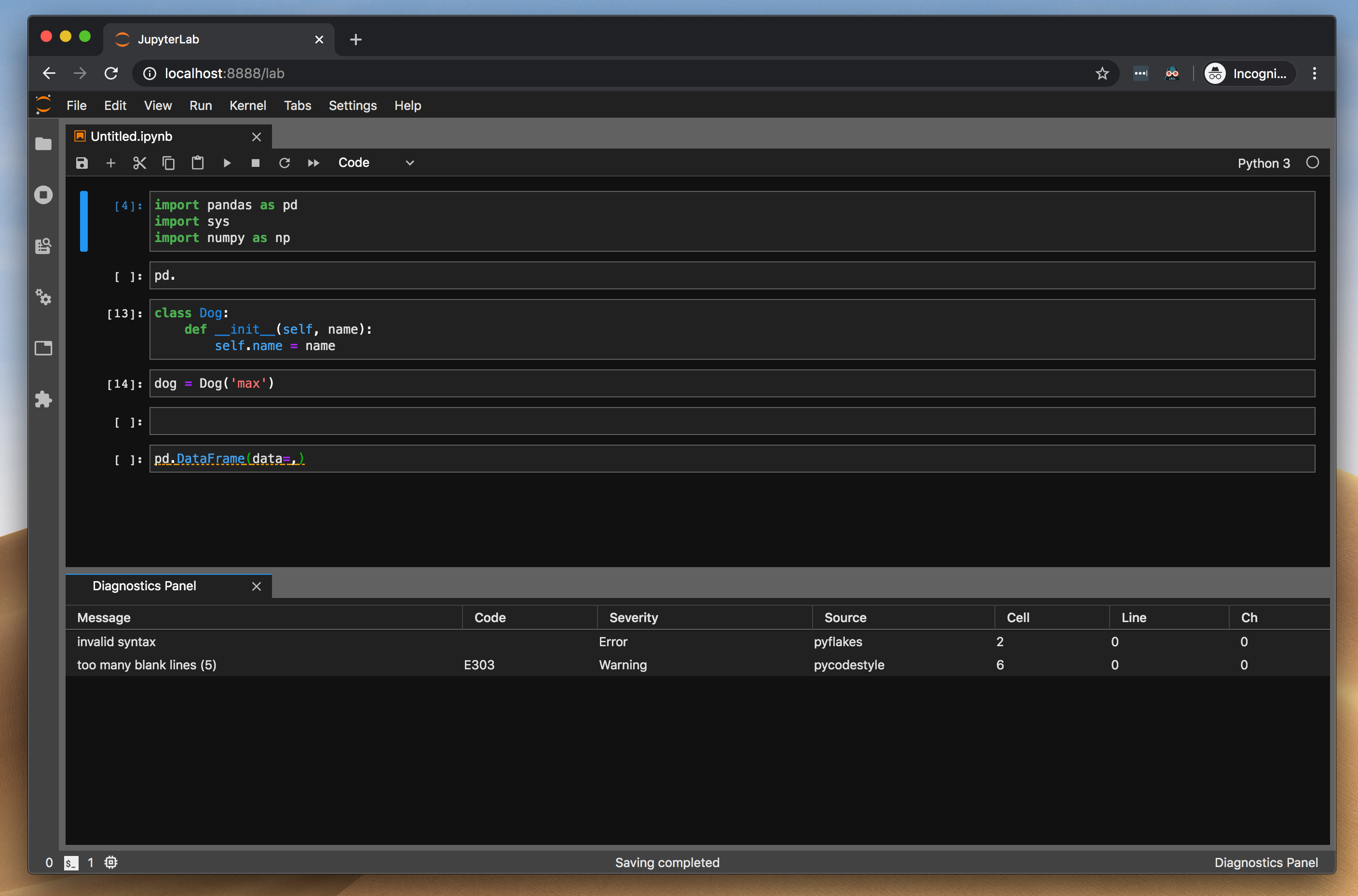

How to install JupyterLab 2īefore you get started, ensure you have Python3, NodeJS, and Typescript installed, so you’ll have everything you need to begin developing an extension. We saw such great responses from our teams on time savings and ease of use, that we want to share a tutorial to help you install your own instance and build your own extensions to help automate and streamline your team’s analysis. If you don't see the puzzle piece, you can press control + shift + c and click on 'Enable Extension Manager' to add it to the tool bar.Īs we worked with our instance of JupyterLab, it quickly became clear that we could build our own extensions to make the environment work even better for our teams. All you have to do is click on the puzzle piece on the left side toolbar, search for Git, and install one of the extensions. Let's say you want Git integration in JupyterLab. A good example of a commonly used extension is the JupyterLab-Git extension. Extensions are add-ons built by Jupyter with a majority built through community contributions. JupyterLab offers excellent features out of the box, but it is also designed to be an extensible environment. We are proud of the progress we have made in making JupyterLab align with our analysts' needs.
Jupyterlab features free#
These improvements allow analysts to free up their time to look into more complex issues and data sets.
Jupyterlab features code#
To enrich and ease the process for our analysts, we've built and customized extensions to allow sharing of notebooks with others, scheduling notebooks for automatic and recurring execution, and providing pre-built code snippets. The sheer amount of data available at Target makes it necessary to look for ways to streamline processes as much as possible and automate as much as we can to allow for scale. Īt Target, we host our own instance of JupyterLab to help with our analysis and exploration of data. “JupyterLab” is a popular open source, web-based integrated development environment (IDE), that enables users to work with many different languages and filetypes, including Jupyter notebooks, which combine executable code and rich text outputs. 1 This is just one example of how we develop our own tools using open source as a foundation for our work.īefore diving into a tutorial on how to install and use your own instance of JupyterLab, let’s level-set on what JupyterLab is, how it is used at Target, and why it’s important for data analysts and data scientists alike. I wrote this post in the spirit of learning – in the hope that it helps others who are interested in creating their own extensions by sharing how our team builds them to get more out of the popular development environment JupyterLab. I wanted to learn more about developing my own extensions and used some of my learning time to dive into the issue. (obj,metadata= block.Target’s technologists are encouraged to take advantage of “50 Days of Learning,” a program that enables engineers to spend time exploring new technologies or learning new languages and systems.

Tags are actually just a special section of cell level metadata.įor notebook level: in the Jupyter Notebook Toolbar go to Edit -> Edit Notebook Metadataįor cell level: in the Jupyter Notebook Toolbar go to View -> Cell Toolbar -> Edit Metadata and a button will appear above each cell.įor output level: using e.g. 9 The Jupyter Lab interface for adding tags to a cell. Here’s what the tags UI in JupyterLab looks like.įig.

Which exposes a user interface that lets you quickly insert cell tags.Įdit tags under the “Property Inspector” menu with the gears icon ( ) at the top-right corner. JupyterLab is an IDE-like JupyterĮnvironment that runs in your browser. 8 The Jupyter Notebook interface for adding tags to a cell. To enable the cell tag editor, click View -> Cell Toolbar -> Tags. This lets you add cell tags to each cell quickly. The Jupyter Notebook ships with aĬell tag editor by default. Use the Jupyter Notebook cell tag editor. There are two straightforward ways to add metadata to cells: This allows you to do things likeĪdd interactive widgets to cells. You can control the behaviour of Jupyter Book by putting custom tags This is a short guide to how metadata is added to various kinds of content in Jupyter Book. It is often used to control the behavior of Jupyter Book and its features. Metadata is information about a book or its content. The Jupyter Book toolchain and components How Jupyter Book and Sphinx relate to one another

Launch into interactive computing interfaces Store code outputs and insert into content How headers and sections map onto to book structure


 0 kommentar(er)
0 kommentar(er)
